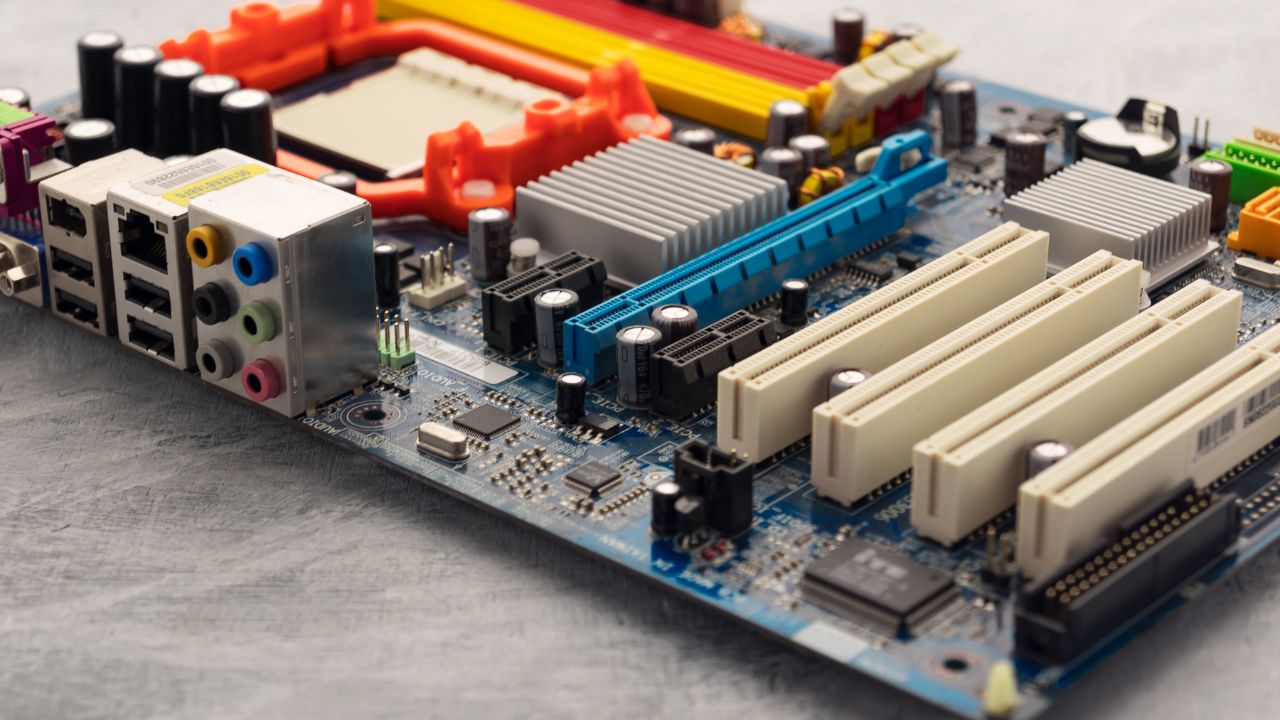Industrial construction is an ever-evolving field that intermingles the robustness of traditional engineering with the dynamic advances in technology and methodology. With a constant eye towards sustainability, efficiency, and cutting-edge innovation, the industry perpetually seeks to redefine the possibilities of constructing commercial and industrial edifices.
Embracing New Technologies
In an age where technological advancements occur in leaps and bounds, the industrial construction sector stands at the forefront of adopting novel tools and techniques. The implementation of Building Information Modelling (BIM), for instance, has revolutionised the design and construction process, offering a multidimensional view that integrates structural, electrical, and mechanical aspects before a single brick is laid.
Similarly, the internet of things (IoT) and artificial intelligence (AI) have begun to permeate the construction site, providing smarter equipment that can communicate, predict maintenance, and enhance worker safety. Moreover, the utilization of autonomous machinery and drones for site surveys represents a new pinnacle in construction efficiency and precision.
Enhancing Sustainability
Awareness of the environmental impact of construction projects has catalysed a shift towards more sustainable building practices. The industrial construction sector is no stranger to this trend, with a growing emphasis on resource-efficient designs, renewable materials, and waste reduction. There is a tangible push in the industry to not only construct buildings that are energy-efficient but also to procure supplies and manage logistics in a way that lessens the carbon footprint of the entire construction process.
Incorporating Advanced Materials
The hallmark of cutting-edge industrial construction is not only found in the equipment and software used but also in the materials selected for each project. Innovations such as self-healing concrete, aerogels for insulation, and carbon fibre for structural reinforcement are just scratching the surface. These materials not only contribute to improved durability and longevity of structures but also facilitate creativity in design, allowing for more ambitious architectural feats.
Focusing on Modular and Prefabricated Construction
Modularity and prefabrication are concepts that have taken the industrial construction industry by storm, presenting an alternative to the traditional on-site building. Prefabricated components are manufactured in a controlled environment, which not only enhances the quality but also dramatically reduces construction time and on-site waste. This shift toward a more efficient and waste-reducing model epitomises the innovative spirit of the industry.
Furthermore, modular construction has opened the doors to rapid scalability and flexibility. Structures can now be designed to expand, contract, or reconfigure with minimal downtime, ensuring they can adapt to the changing needs of businesses without extensive overhauls.
Implementing Safety Innovations
Safety remains at the core of industrial construction, with the industry placing an increasing emphasis on innovation in this arena. The integration of wearable technology that monitors vital signs and fatigue levels, along with augmented reality (AR) for training and on-site visualisation, are paramount steps towards a zero-harm workplace.
Streamlining Project Management
With the complexity of contemporary construction projects, robust project management tools and methodologies are indispensable. The transition from paper-based systems to comprehensive digital solutions allows for real-time insights, enhanced communication, and proactive problem resolution. As the industry strives for higher productivity and cost management, streamlining every phase of the construction process is paramount.
Overcoming Skilled Labour Shortages
One of the persistent challenges in industrial construction is the skilled labour shortage. Innovative training programs, outreach, and the creation of enticing career paths are vital components in bridging this gap. Moreover, automation and educational initiatives in robotics and AI can help to supplement the workforce and future-proof the industry.
Driving Economical Growth
The role of industrial construction in fostering economic growth cannot be overstated. Infrastructure development acts as a catalyst for broader economic activities, attracting investments and creating jobs. An industry committed to pioneering practices and sustainable growth will undoubtedly play a crucial role in the global economy.
Pushing the Boundaries
Truly transformative industrial construction is not just about adopting the latest technologies but also about pushing the boundaries of what’s possible. It’s about thinking laterally, challenging norms, and striving for a more productive, sustainable, and innovative future.
As the industrial construction industry stands at the precipice of a new era of development, the world eagerly watches for what the future holds. The pioneering spirit intrinsic to the sector promises a horizon replete with awe-inspiring structures, groundbreaking methodologies, and robust growth led by an unwavering commitment to innovation.
Charting the Future
The pinnacle of industrial construction lies not just in the physical edifices that dot our landscapes but in the intrepid ideas and approaches that drive the industry forward. By seamlessly integrating the new with the tried and true, the future of the sector appears formidable and dazzling.
In an ever-competitive global market, those at the helm of industrial construction projects must continue to invest in research, embrace change, and respond adeptly to the winds of innovation. It is this impetus that will ensure the journey towards revolutionising the future of industrial construction remains relentless, leaving an indelible mark of progress for generations to come.








